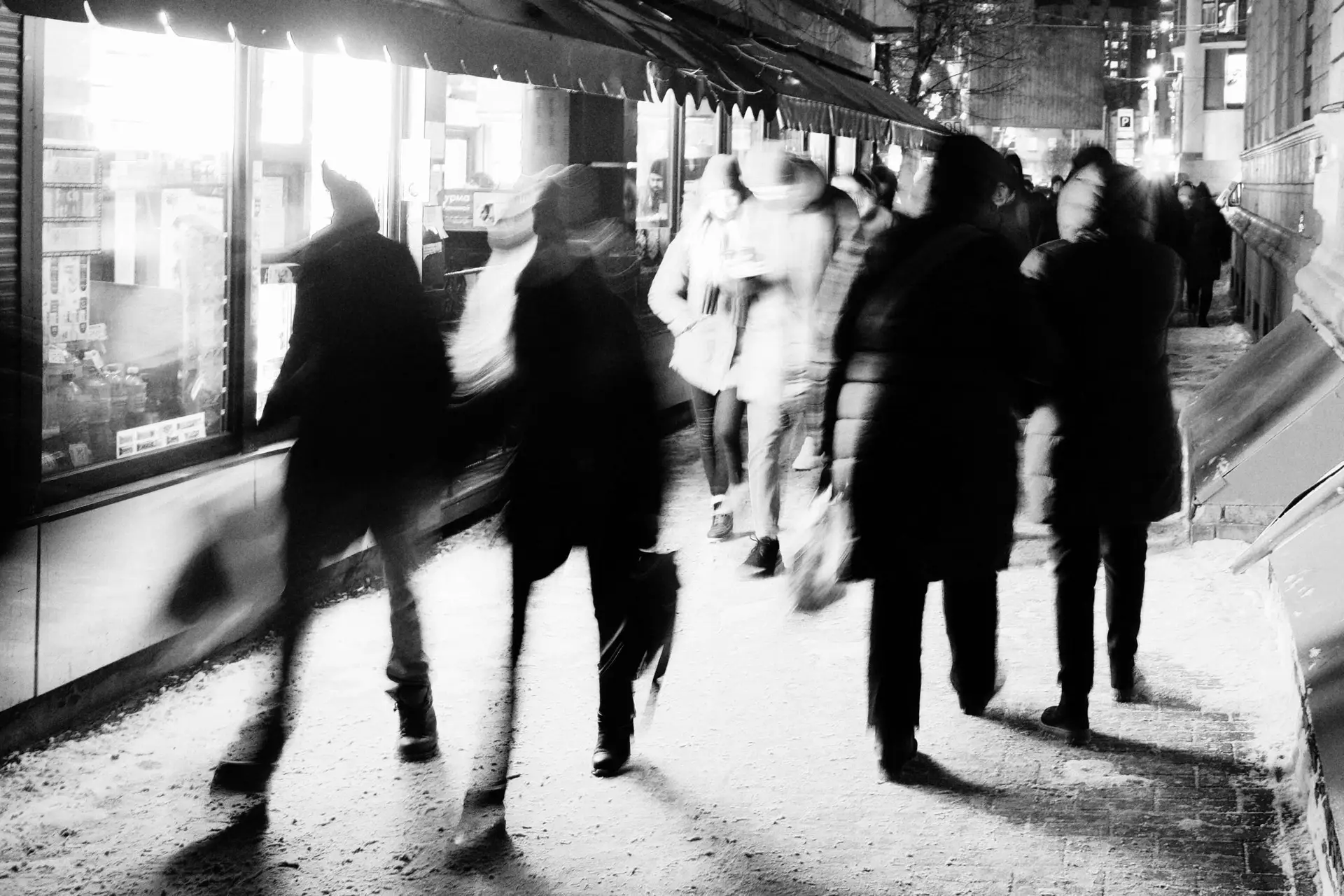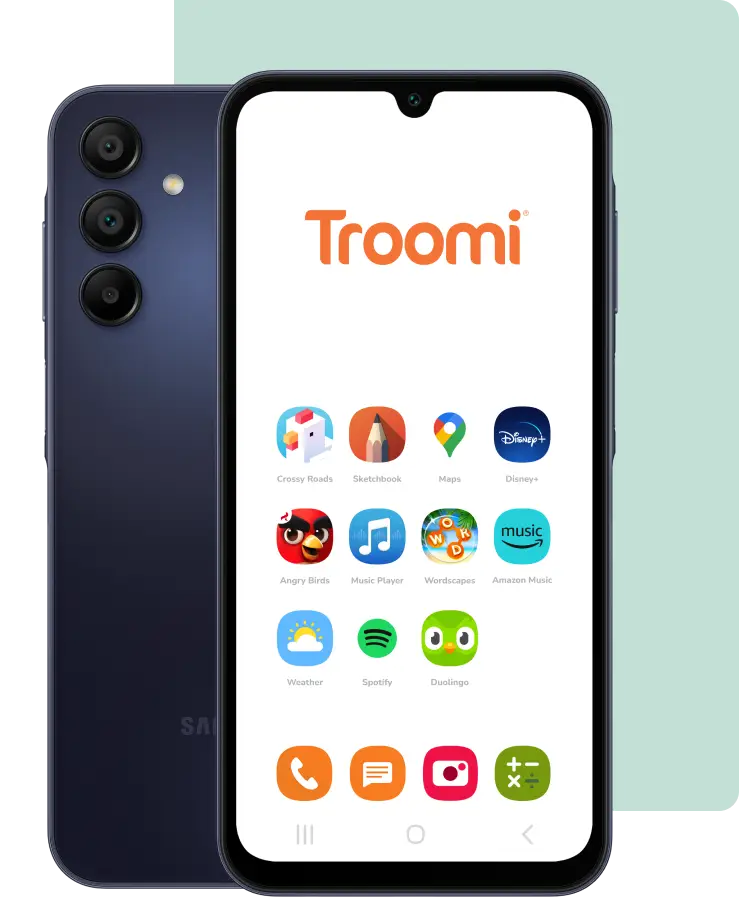Human trafficking is a grave issue that affects millions worldwide. It is a form of modern-day slavery that involves the use of force, fraud, or coercion to exploit individuals for labor or commercial sex. According to the International Labour Organization, there are over 40 million victims of human trafficking globally. As such, it is crucial for everyone to be aware of the signs of human trafficking and know how to respond effectively. This blog goes over recognizing human trafficking and how to alert authorities in a safe and effective manner.
What is Human Trafficking?
Human trafficking is a crime that involves compelling or coercing a person to provide labor or services, or to engage in commercial sex acts. There are two main types of human trafficking:
- Sex Trafficking: This involves the use of force, fraud, or coercion to make an adult engage in a commercial sex act. Any minor engaged in commercial sex is a victim of sex trafficking.
- Labor Trafficking: This is the use of violence, threats, lies, debt bondage, or other forms of coercion to force people to work against their will in many industries.
Human trafficking can happen to anyone, regardless of race, age, gender, or socioeconomic status. However, some populations are more vulnerable, including undocumented migrants, runaway and homeless youth, and oppressed or marginalized groups.
Signs of Human Trafficking
Recognizing the signs of human trafficking is the first step in identifying victims and getting them the help they need. Here are some red flags to watch out for:
- Unusual behavior: Victims may appear fearful, anxious, depressed, submissive, tense, or nervous. They may avoid eye contact, have little freedom of movement, and be accompanied by someone who speaks on their behalf.
- Physical signs: Victims may show signs of physical abuse, such as bruises, cuts, or burn marks. They may also be malnourished, have poor hygiene, and have untreated medical issues.
- Lack of control: Victims may not have control over their own identification documents, money, or personal belongings. They may also have little to no privacy and be isolated from family and friends.
- Untypical living conditions: Victims may live in cramped or overcrowded spaces, often with multiple people in a small area.
For example, in a case in California, neighbors noticed that a group of people living in a house rarely left and had bars on the windows. This led to an investigation that uncovered a human trafficking operation.
How to Respond
If you suspect that someone is a victim of human trafficking, it is essential to respond safely and effectively. Here are some steps to take:
- Report the situation: Contact local law enforcement or the National Human Trafficking Hotline (1-888-373-7888) to report your suspicions. Provide as much detail as possible, including descriptions of the people involved, location, and any specific concerns.
- Do not approach the trafficker: Attempting to confront or apprehend a trafficker can be dangerous for both you and the victim. Leave this to trained law enforcement professionals.
- Offer support: If you are able to safely speak with the potential victim, express your concern and offer to connect them with services, such as a local shelter or anti-trafficking organization. Be sure to prioritize their safety and be as discreet as possible.
An excellent example of effective community response is the case of Shelia Fedrick, an airline stewardess who noticed a young girl on a flight who appeared fearful and uncomfortable with the older man she was traveling with. Fedrick left a note for the girl in the bathroom, who responded that she needed help. Fedrick notified the pilot, who then alerted authorities, leading to the girl’s rescue and the arrest of her trafficker.
Preventing Human Trafficking
Preventing human trafficking requires a multi-faceted approach that involves government, law enforcement, organizations, and individuals. Here are some ways to contribute to prevention efforts:
- Educate yourself and others: Learn about the signs of human trafficking and share this information with your community, schools, and workplaces.
- Support anti-trafficking organizations: Volunteer your time or donate to organizations that work to prevent trafficking and support survivors.
- Be a conscientious consumer: Make informed purchasing decisions and support businesses that take steps to prevent forced labor in their supply chains.
- Advocate for policies: Support local, state, and federal policies that combat human trafficking and protect victims.
For example, many schools now include human trafficking awareness in their curricula, and businesses are increasingly adopting policies to ensure their products are not made with forced labor.
Resources and Support
If you or someone you know is a victim of human trafficking, there are resources available to provide support and assistance. Here are a few key organizations to know:
- National Human Trafficking Hotline: Call 1-888-373-7888 or text 233733 to report a tip or seek help.
- Polaris Project: This leading anti-trafficking organization operates the National Human Trafficking Hotline and provides resources and support for victims.
- International Justice Mission: IJM is a global organization that works to protect the poor from violence and oppression, including human trafficking.
- The Salvation Army: The Salvation Army has anti-trafficking programs across the US that provide education, awareness, and victim assistance.
Conclusion
Human trafficking is a horrific crime that affects millions of people worldwide. By being aware of the signs, knowing how to respond, and taking steps to prevent it, we can all play a role in ending this injustice. Remember, if you see something, say something. Your vigilance could save a life.
Together, we can work towards a world where no one is bought, sold, or exploited. It starts with each of us doing our part to combat human trafficking in our own communities. Share this information with others, support anti-trafficking efforts, and be an advocate for change. Every action makes a difference in the fight against modern-day slavery.
Interested in learning more about Troomi? Click here.
References:
- International Labour Organization. (2022). Global Estimates of Modern Slavery: Forced Labour and Forced Marriage. https://www.ilo.org/wcmsp5/groups/public/—ed_norm/—ipec/documents/publication/wcms_854733.pdf
- National Human Trafficking Hotline. (n.d.). Recognizing the Signs. https://humantraffickinghotline.org/human-trafficking/recognizing-signs
- Polaris Project. (n.d.). The Facts. https://polarisproject.org/human-trafficking/facts


